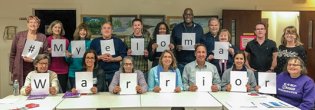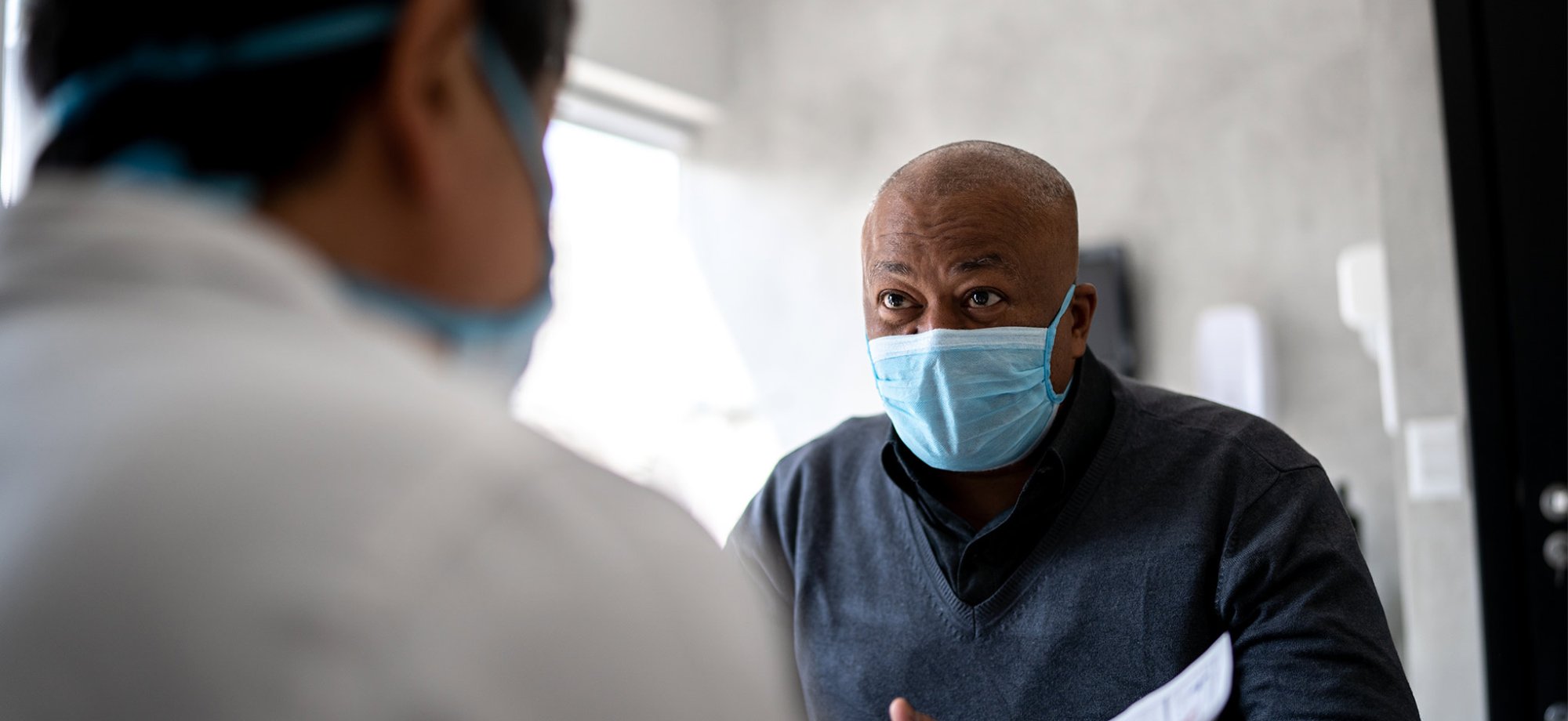In the U.S., African Americans are about 14% of the country's population, but they constitute about 20% of all myeloma patients. And that incidence is actually growing. This is an enormous burden, considering 1 in every 5 patients diagnosed with multiple myeloma in the U.S. is African American.
The following differences in socioeconomic status and barriers to healthcare access exist for African Americans with myeloma:
- issues of financial toxicity3
- lack of access to WiFi to conduct video visits with doctors during the pandemic3
- less access to full testing4
- less access to novel treatments5
- fewer enrollments in "pivotal" clinical trials that led to FDA drug approvals6
- less access to CAR T-cell therapy7
- systemic racism
- lack of trust of the healthcare system
African Americans with myeloma face these disparities in care as well:8
- fewer transplants
- more blood product transfusions
- fewer palliative care consultations
- less inpatient chemotherapy
- more use of intensive care
Furthermore, IMF Chief Medical Officer Joseph Mikhael, MD, sheds light on disparities in multiple myeloma care for African Americans in his presentation at the M-Power Project New York City Webinar9.
In this webinar, Dr. Mikhael said that the average myeloma patient sees their primary doctor three times with symptoms and signs consistent with multiple myeloma. Yet, he pointed out, that the delay from symptom onset to diagnosis is even longer in African Americans, for many reasons including the following:
- Confounding disease (like diabetes)
- Access to adequate diagnostics and care
- Awareness in primary care providers
- Timely referral to specialists
Dr. Mikhael, who is active with the IMF’s M-Power Project, set a call to action to educate healthcare providers, health institutions, and patients to be aware of the disease symptoms to be able to capture diagnoses more quickly.
Even though there is no definitive evidence to explain why myeloma has a higher incidence among African Americans, some studies have revealed a few factors contributing this.
1. Mikhael, J. “M-Power Facebook Live: Studies on Disparities in Myeloma Presented at ASH.” Myeloma Today, Winter 2022. https://www.myeloma.org/resource-library/myeloma-today-winter-2022.
2. Mikhael, J. “Race Matters in Myeloma Care and Survival.” M-Power New York City. https://m-powernewyork.myeloma.org/
3. Abstract 4027 63rd American Society of Hematology annual meeting
4. Abstract 4116 63rd American Society of Hematology annual meeting
5. Abstract 4118 63rd American Society of Hematology annual meeting
6. Abstract 846 63rd American Society of Hematology annual meeting
7. Abstract 566 63rd American Society of Hematology annual meeting
8. Al Haddidi, Samer et al. “Health disparities experienced by Black and Hispanic Americans with multiple myeloma in the United States: a population-based study.” National Institutes of Health: National Library of Medicine, July 18, 2021. https://pubmed.ncbi.nlm.nih.gov/34278937/
9. Mikhael, Joseph. "Race Matters in Myeloma Care and Survival." M-Power Project: New York City. https://www.youtube.com/watch?v=0F9LGXhYR5Q&t=1s
With educational support from:
Amgen, Bristol-Myers Squibb, Genentech, GlaxoSmithKline, Janssen, Karyopharm Therapeutics, Oncopeptides, Sanofi, Takeda Oncology and The Binding Site
Explore the IMF's M-Power Project. Partnered with cities across the U.S., this project aims to eliminate health disparities and create better and more equitable access to healthcare for all.






